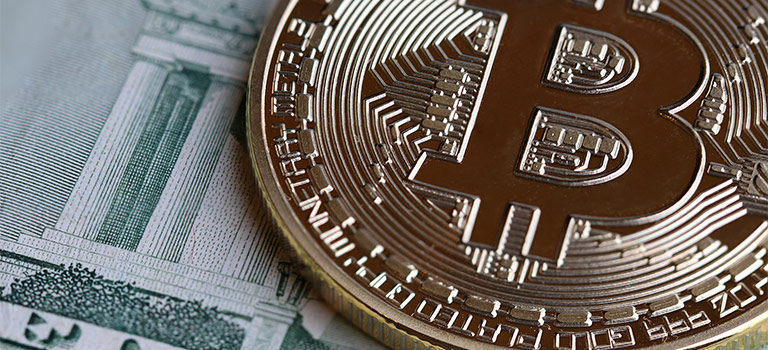Former BitMEX CEO Arthur Hayes, a co-founder, has provided his insight on why Bitcoin price will not be much affected by the predicted U.S. Federal Reserve interest rate cuts. In a September 2 essay on X, Hayes looked at why Bitcoin has suffered even after Federal Reserve Chair Jerome Powell acknowledged in his August 23 Jackson Hole speech a likely rate drop in September.
Following Powell’s remarks, Bitcoin jumped briefly to $64,000 then sank 10% to land $57,400 on September 2. It has considerably rebounced since then and traded at $59,238 at the time of writing. For this dismal performance, Hayes attributes the dynamics of reverse repurchase agreements (repos) instead than the traditional factors often regarded to affect Bitcoin’s price.
Reverse repurchase agreements include the sale of securities with the purpose of laterally repurchasing them at a higher price, therefore acting as a high-interest parking spot for capital. Now paying a 5.3% interest rate, Hayes noted that these agreements exceeded the 4.38% yields on Treasury notes, short-term government debt obligations. This is reducing the accessible liquidity for riskier assets like Bitcoin as big money market funds are moving capital from Treasury bills into reverse repos.
An X account dubbed “ELI5 of TLDR” claims that reverse repos provide overnight parking for big banks and money managers, therefore conserving funds in a quite safe and high-yield environment instead of being moved through the broader market. Hayes contends that by making borrowing less tempting and reducing the attraction of interest-bearing accounts, this adjustment in capital allocation defies the received understanding that lower interest rates should promote high-risk assets like Bitcoin.
Since the Fed indicated a likely September rate cut, an additional $120 billion has flowed into reverse repos, thereby draining markets of liquidity. Hayes pointed out that this dynamic may lower the expected positive impact of lowering rates for Bitcoin.
According to the CME Fed Watch tool, a 25 basis point drop is now 69% likely and a 50 basis point reduction is 31% likely at the Fed’s September 18 meeting. Hayes’s studies show that other factors, like the attraction of reverse repos, may still be highly crucial in deciding the price path of Bitcoin, even if a more aggressive stance and maybe a more substantial market response may signal a higher rate fall.
You can also freely share your thoughts and comments about the topic in the comment section. Additionally, don’t forget to follow us on our Telegram, YouTube, and Twitter channels for the latest news and updates.


